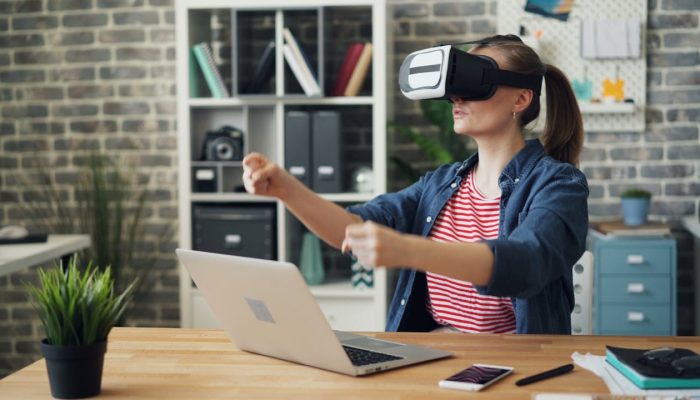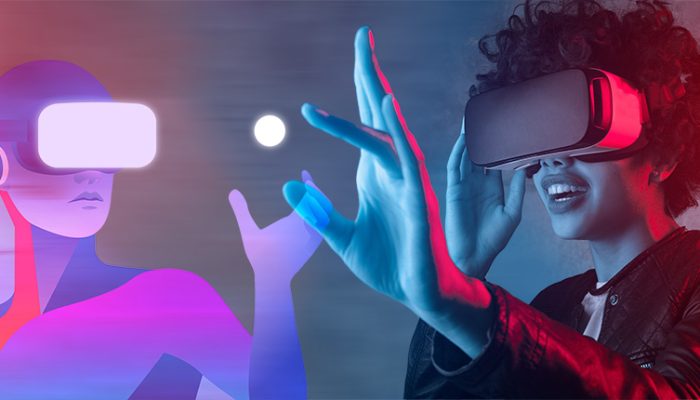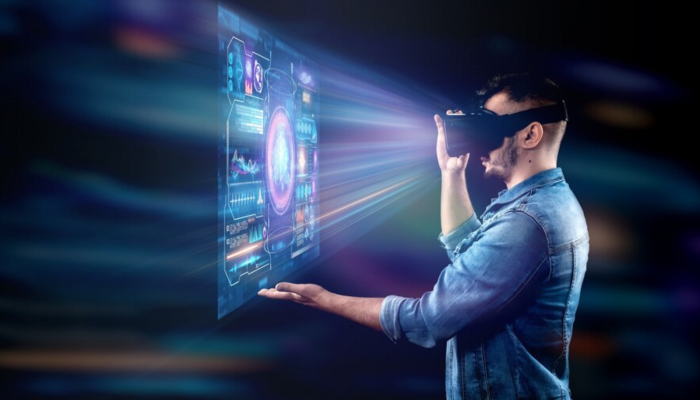XR Testing for Healthcare Apps: What Matters Most ?
Healthcare XR apps need careful testing. These apps deal with real people, often in high-stakes situations. Accuracy, comfort, and usability are key.

1. Understanding Medical Use
Every healthcare XR app has a specific purpose—like training, surgery guidance, or patient education. Knowing how it’s used helps in testing it the right way.
2. Involving the Right Expertise
Apps related to healthcare should be tested with feedback from people who understand medical standards, workflows, and patient needs.
3. Knowing the Devices
Different healthcare-focused XR headsets (like HoloLens 2 or Magic Leap) have their own behavior. Being familiar with how each one works helps during testing.
4. Testing in Realistic Conditions
Testing in spaces that simulate hospitals or clinics helps spot problems early, especially those that wouldn’t appear in a normal office setup.
5. Checking User Comfort
Healthcare users may include patients, elderly users, or professionals under pressure. The app should be easy to use, clear, and comfortable for long periods.
6. Following Data Safety and Documentation
When the app deals with health data, privacy is important. All features should meet safety standards and be clearly documented.
7. Focusing on Critical Areas
Some parts of the app may affect decisions or outcomes. These parts need extra attention and must be tested in detail.
Contact Us
Fill out the form below and we will
contact you as soon as possible!




